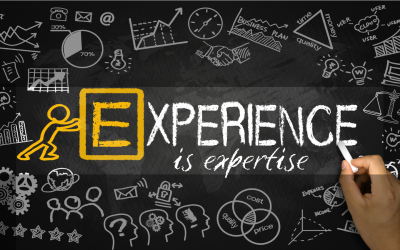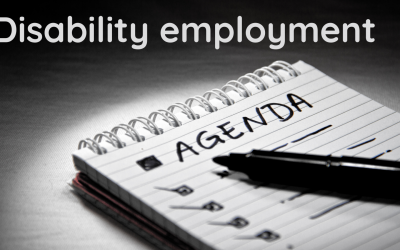My latest essay is out on the public health news site, Croakey, looking at the major NDIS changes coming from the Tune Review, but more importantly, whether this will make the NDIS work for disabled people.
As part of the research for the essay, I started to think more about what and who the NDIS is for? What are some of the models of disability that the Tune Review is built on, and doesn’t question? What would the NDIS be like if it was built on different models of disablity?
One model of disability says that disabled people are in need of charity, dependent on the good will of non-disabled people. Another model of disability is the medical model that says we are broken and need to be fixed. These models were what underpinned much of the disability service system before the NDIS.
In these models, when thinking about disability supports, disabled people are thought about as the objects of care. We are the clients, the users, the consumers of supports. The services that deliver supports are run by non-disabled people who know what is best for us, and what we need, whether they have ever asked or not. We need therapy, behaviour plans, capacity building. Support services often talk about themselves in terms of their values, of them doing ‘good works’ in the community, having purpose.
A different way of thinking about disability is the social model of disability, which says that barriers lie within society. This model turns the lens onto the world, and asks for a different type of change, that also starts to reframe supports as a right, rather than a kindness. Beyond the social model, is a disability justice framework that values all bodies, and sees ableism firmly within ‘other systems of domination and exploitation’ such as colonialism, white supremacy and capitalism, as Patty Berne says in the Disability Justice Primer.
What would a support system be like that was based in the social model of disability, or even on disability justice principles? Who is prioritised, and how is that care delivered under these ways of thinking about disabled people? One example is the Access is Love project, from Alice Wong, Sandy Ho and Mia Mingus, that uses disability justice principles to think about accessibility, so often given begrudgingly and reluctantly. They ask us to think of access as something that is done with love instead and say that “this is not about everything being 100% accessible to everyone, but rather centering access as a core part of the way that we want to live in the world together–as a core part of our liberation.”
Can we even dare to imagine what the NDIS could be if it allowed the social model, or even a tiny bit of disability justice inside? Or is the NDIS just returning to these old models of disability, that see disabled people firmly as the problem, rather than as equal citizens with a right to the supports we need.





